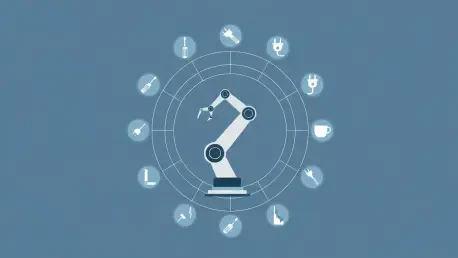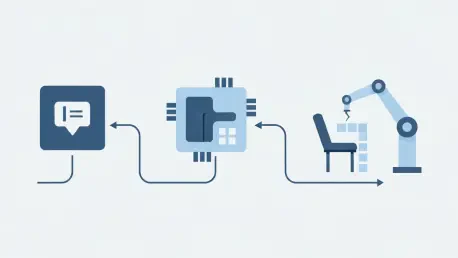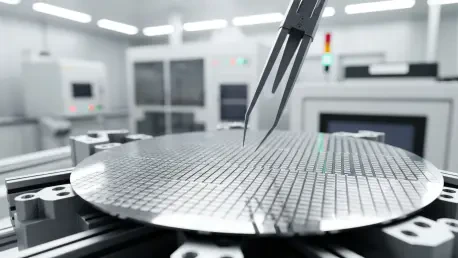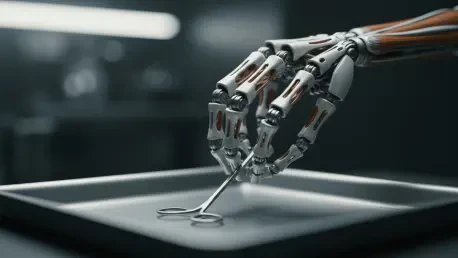
At the forefront of a major shift in robotics, technology expert Oscar Vail and his team have challenged a core assumption in artificial intelligence: that teaching robots complex skills requires massive datasets and equally massive neural networks. Their recent breakthrough, teaching a single

Translating the complex, often ambiguous language of human creativity into the precise instructions required for robotic assembly represents one of the final frontiers in automated design. Researchers at the Massachusetts Institute of Technology (MIT), in collaboration with Google Deepmind and

The long-theorized dream of creating intelligent, microscopic machines capable of navigating complex environments independently has now transitioned from the realm of science fiction into tangible reality, heralding a new chapter in robotics. Researchers have successfully developed and demonstrated

The relentless pursuit of instantaneous AI interaction has culminated in Google's latest offering, a model blurring the line between a complex query and a simple web search. This review analyzes the key features, performance, and impact of Gemini 3 Flash. Introducing Gemini 3 Flash Speed at the

The simple, unconscious act of picking up a fragile glass bottle and placing it gently into a crate represents a monumental challenge for traditional robotics, a task so fraught with variables that it has long remained beyond the reach of automated systems. This barrier, however, is beginning to

A profound disconnect between market sentiment and fundamental reality has catapulted AMC Robotics Corporation (NASDAAMCI) into the spotlight, creating a fascinating case study for investors and market analysts alike. The company's stock recently experienced an almost unbelievable single-day surge,
1 2 3 4 5 6 7 8 9 10 11 12 13 14 15 16 17 18 19 20 21 22 23 24 25 26 27 28 29 30 31 32 33 34 35 36 37 38 39 40 41 42 43 44 45 46 47 48 49 50 51 52 53 54 55 56 57 58 59 60 61 62 63 64 65 66